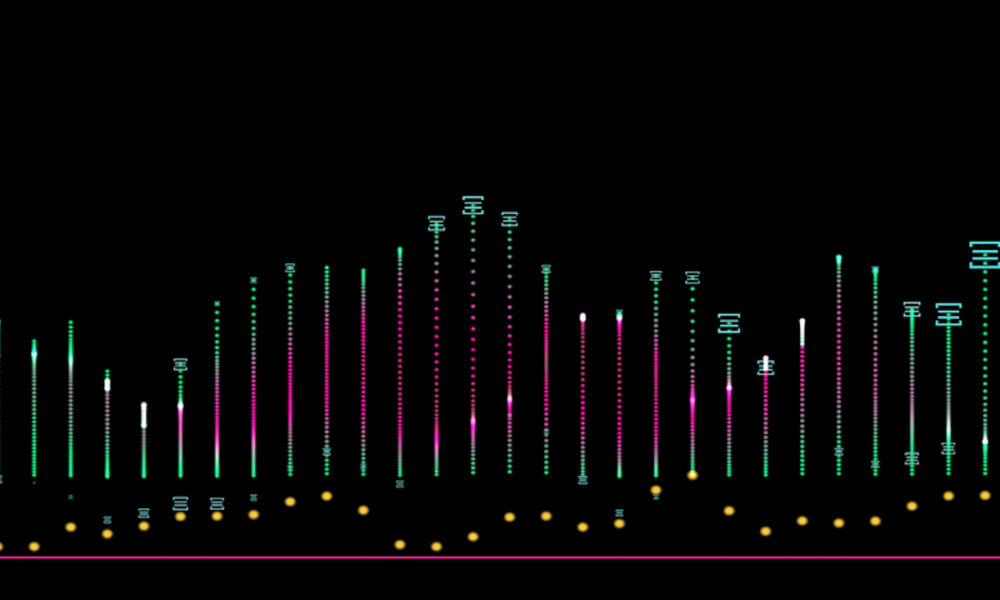LINK crypto price: LINK/USDT at a bearish technical juncture
 LINK crypto price is trading under pressure and this piece explains where LINK/USDT stands and where it could head next.
LINK crypto price is trading under pressure and this piece explains where LINK/USDT stands and where it could head next.
Readers will get a clear read of the daily bias, what intraday momentum is showing, and which scenarios traders should prepare for.
Summary about LINK crypto price
The daily picture for LINK/USDT points to a controlled decline. Price sits below short, medium and long EMAs, signaling a bearish bias. Momentum indicators are weak but not capitulative, suggesting a measured pullback.
Bollinger Bands place price near the lower band, which implies persistent selling pressure. Volatility, measured by ATR, remains elevated relative to the price, so moves can be swift. Finally, market-wide sentiment shows extreme fear, increasing the chance of outsized reactions.
Link crypto price: Market Context and Direction
Macro context favors cautious positioning. Bitcoin dominance is high at 57.51%, and the global market cap fell nearly 7% in 24 hours, indicating capital flows into majors and away from riskier altcoins. Moreover, the Fear & Greed Index at 16 classifies sentiment as Extreme Fear, so buyers are scarce.
That said, high fear can precede abrupt mean reversion. In contrast, the total market drawdown and dominance backdrop keep the odds tilted toward further downside for LINKUSDT.
Technical Outlook: reading the overall setup
Daily EMAs show price at 14.13 versus EMA20 16.03, EMA50 17.82 and EMA200 18.78. This alignment is clearly bearish and implies trend confirmation for the downside. The RSI on the daily chart is 35.07, which signals weak momentum but not a washed-out extreme; therefore the market may still have room to move lower before buyers step back in.
The MACD line at -1.03 with signal -0.99 produces a small negative histogram, indicating momentum is slightly leaning lower; this suggests momentum is cooling rather than collapsing.
Bollinger Bands on the daily have a mid at 16.2 and a low band at 13.49, with price hovering close to that lower band.
That placement reflects sustained selling pressure and opens a chance for a bounce, though it does not guarantee one.
ATR14 sits at 1.34, meaning daily moves near 9.5% are possible, which points to volatility expansion risk on both sides. The pivot points put the daily pivot at 14.21, just above current price, indicating a short-term tilt toward support testing.
LINK token Momentum
On shorter timeframes, the picture is similar but less extreme. The H1 close is 14.13, below EMA20 (14.49), EMA50 (14.91) and EMA200 (15.48), and the H1 RSI of 35.81 confirms local weakness.
Meanwhile, M15 shows a slightly higher RSI at 38.23 and EMAs closer to price, implying short-term traders may be less committed to further selling. As a result, intraday participants could try mean-reversion trades into the lower band, while swing traders remain aligned with the broader decline.
Key Levels and Market Reactions
Daily Bollinger low near 13.49 forms an immediate area where buyers might reappear. The pivot PP at 14.21 and nearby resistance around 14.53 represent the first zone that would need to be reclaimed to argue for a corrective move higher.
Conversely, a decisive break below the 13.4913.82 area would signal renewed acceleration lower. Observe how price reacts at the pivot and the lower band; a quick rejection there may set up short-term scalps, while a clean breakdown would favor trend-following shorts.
Future Scenarios and Investment Outlook
Overall, the main scenario for LINKUSDT on the daily timeframe is bearish. If price remains below the short- and long-term EMAs and market fear persists, the path of least resistance is down. However, the proximity to the lower Bollinger band and elevated ATR means sharp rebounds are possible and should not be ruled out.
Traders may prefer a defensive stance, using rallies toward the PP and EMA20 as opportunities to lighten exposure. Long-term investors should watch for trend confirmation to flip to neutral before adding risk.
This analysis is for informational purposes only and does not constitute financial advice.
Readers should conduct their own research before making investment decisions.
You May Also Like

Best Crypto Presale 2025: Why Users Are Flocking to Earth Version 2 (EV2)

The DeFAI Crucible: Navigating Trust and Automation in a Nascent Market
